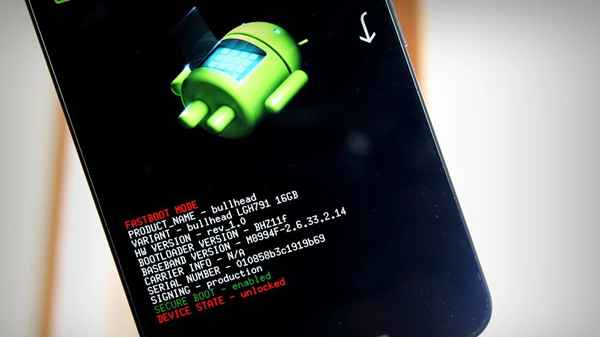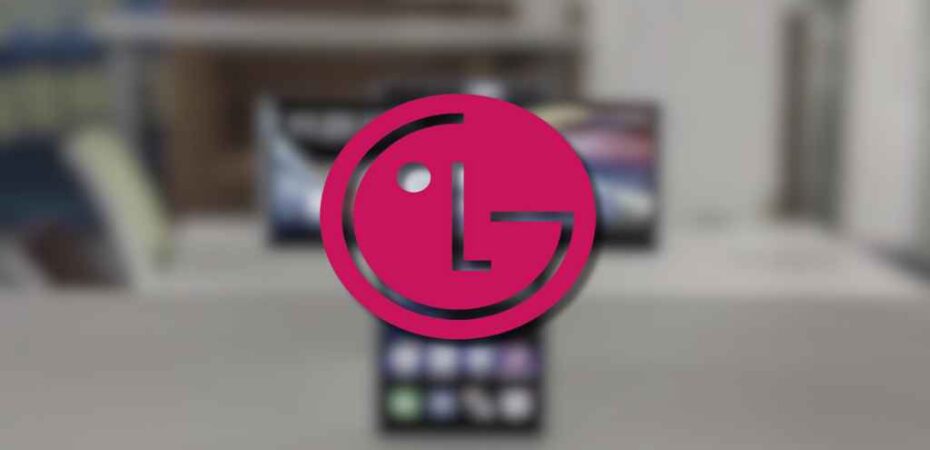In the realm of Android devices, flashing stock firmware is a common practice undertaken to restore a device to its original state or to troubleshoot software-related issues. LG smartphones, known for their robust hardware and versatile features, often encounter situations where users need to flash stock firmware. One pertinent question that arises in this context is whether an unlocked bootloader is necessary for this process. In this comprehensive guide, we delve into the intricacies of flashing stock firmware on LG devices, exploring the role of unlocked bootloaders and providing valuable insights for users.
Understanding Bootloaders and Their Significance
Before delving into the specifics of flashing stock firmware on LG devices, it’s essential to grasp the concept of bootloaders and their role in the device’s operation. A bootloader is a piece of code that executes before any operating system starts running. It initializes the necessary hardware components and loads the operating system kernel. In essence, it serves as a bridge between the hardware and software layers of a device.
The Importance of Bootloader Unlocking

Bootloaders typically come locked by default on most Android devices, including those manufactured by LG. This means that the bootloader is secured to prevent unauthorized modifications to the device’s software. However, unlocking the bootloader can provide users with additional flexibility and control over their devices.
Advantages of Unlocking the Bootloader
- Customization: Unlocking the bootloader allows users to install custom ROMs, kernels, and recovery images, thereby customizing their device’s functionality and appearance according to their preferences.
- Root Access: With an unlocked bootloader, users can gain root access to their devices, enabling them to perform advanced system modifications and access features that are otherwise restricted.
- Flash Firmware: One of the primary advantages of an unlocked bootloader is the ability to flash custom or stock firmware onto the device. This facilitates the installation of official software updates or reverting to stock firmware to resolve issues.
Risks and Considerations
While unlocking the bootloader offers several benefits, it also entails certain risks and considerations that users should be aware of:
- Voided Warranty: Unlocking the bootloader typically voids the device’s warranty, as it involves making modifications to the device’s software that are not sanctioned by the manufacturer.
- Security Risks: An unlocked bootloader can potentially compromise the security of the device, as it allows for the installation of custom software that may not undergo the same scrutiny as official firmware releases.
- Data Loss: The process of unlocking the bootloader often involves wiping the device’s data, including apps, settings, and personal files. Users should back up their data before proceeding with bootloader unlocking.
Flashing Stock Firmware on LG Devices
Now that we have established the significance of bootloaders and the implications of unlocking them, let’s explore the process of flashing stock firmware on LG devices.
Requirements
Before attempting to flash stock firmware on an LG device, users should ensure they have the following prerequisites:
- Official Firmware: Obtain the official stock firmware for the specific LG device model. This can typically be found on the manufacturer’s website or reputable third-party sources.
- USB Cable: A compatible USB cable is required to connect the device to a computer for the flashing process.
- PC: The flashing process is typically performed using a computer running Windows or macOS, equipped with the necessary software tools.
- Backup: As flashing stock firmware may result in data loss, it is advisable to back up important files and data stored on the device.
Steps to Flash Stock Firmware
- Enable Developer Options: On the LG device, go to Settings > About Phone and tap on the Build Number multiple times until Developer Options are enabled.
- Enable USB Debugging: Within the Developer Options menu, enable USB Debugging to allow the device to communicate with the computer during the flashing process.
- Download and Install Necessary Tools: Download and install the appropriate software tools for flashing firmware onto the device. This may include LG Bridge, LG Flash Tool, or third-party flashing utilities.
- Connect Device to Computer: Connect the LG device to the computer using a USB cable, ensuring that USB Debugging is enabled.
- Launch Flashing Software: Open the flashing software on the computer and follow the on-screen instructions to initiate the flashing process.
- Select Firmware: Within the flashing software, select the downloaded stock firmware file for the specific LG device model.
- Begin Flashing Process: Start the flashing process and wait for it to complete. Ensure that the device remains connected to the computer throughout the process and avoid interrupting it.
- Reboot Device: Once the flashing process is complete, reboot the LG device to apply the changes and verify that the stock firmware has been successfully flashed.
Conclusion
In conclusion, while unlocking the bootloader is not necessarily required to flash stock firmware on LG devices, it does offer additional benefits such as customization and root access. However, users should weigh the advantages against the associated risks, including warranty voiding and security concerns. By following the outlined steps and precautions, users can effectively flash stock firmware on their LG devices, restoring them to their original state or resolving software-related issues.
Read Also
- The Pixel 6A Launch Fraught With Issues of Modding and the Fingerprint Sensor
- Best LG TV Deals: Get this 55-inch 4K TV for $400
- LG Introduces its New Lifestyle TV – The Posé
- How to Install HBO Max on LG TV?
- The LG Wing Sees a New Life as a Handheld Gaming Console
- LG Turns Its OLED TV into a Huge Gaming Monitor called LG UltraGear 48GQ900
- 11 Beat Josh Hutcherson Movies Of All-Time, Ranked

